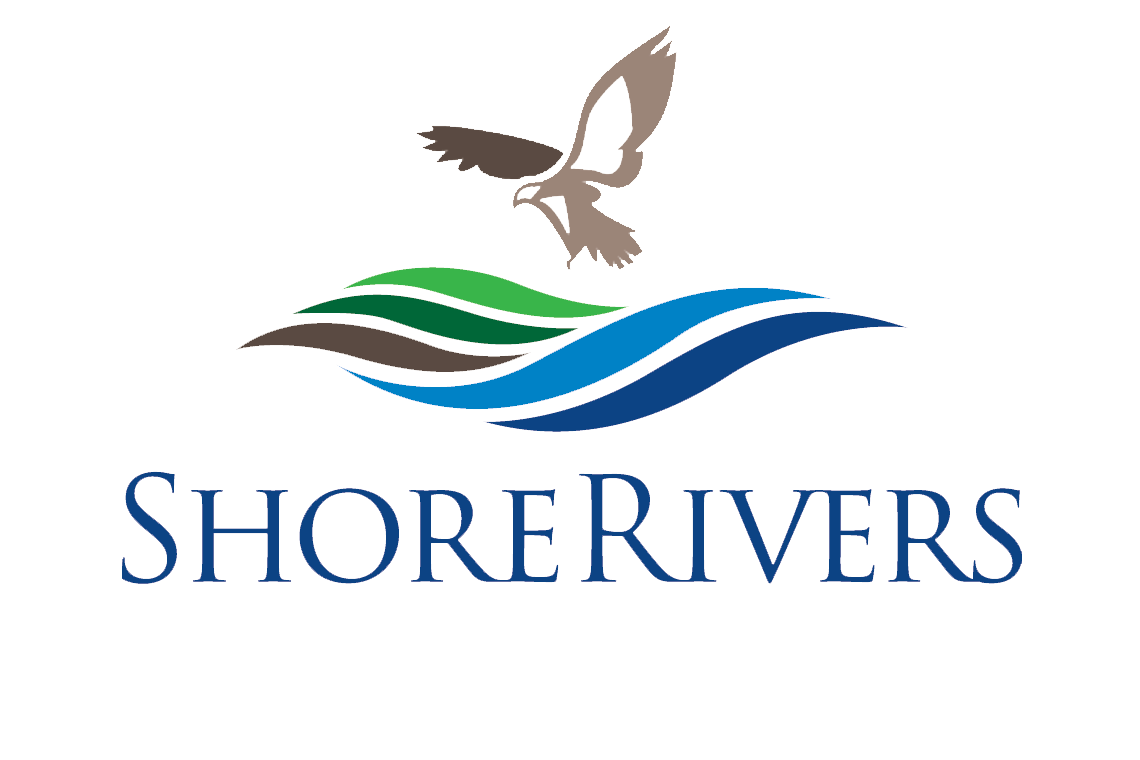The recently released report on submerged aquatic vegetation (SAV) from the Virginia Institute for Marine Science shows a 37% decline in Chesapeake Bay grasses from 2018-2019. However, ShoreRivers has measured a dramatic increase in grasses in our rivers over the past few years and has heard from many volunteers and members of significant growth so far in 2020. So what’s going on?
First, it is important to note the report reflects results from the entire Chesapeake Bay in 2019 and the decline is primarily attributable to a significant loss of widgeon grass in the mainstem of the Bay. Scientists theorize this could have been caused by higher rainfall that negatively affected overall water quality and clarity.
Additionally, the report acknowledges that many individual tributaries actually experienced an expansion of grass beds from 2018 to 2019. In particular, the Sassafras River experienced an increase of 243 acres of grasses, the Chester an increase of 535 acres, and Eastern Bay and the Miles and Wye Rivers saw an increase of 172 acres. Although the Choptank River saw a decrease of 28 acres, we have received reports of new thriving beds in this region in 2020.
This is good news because SAV is vital to the health of the Chesapeake. Not only does it provide ecosystem essentials such as oxygen, habitat, and food, it also improves water quality and clarity by absorbing excess nutrients, sequestering carbon, and trapping sediment.
According to the 2019 VIMS report, the Bay has reached just 36% of the Chesapeake Bay Program’s ultimate restoration goal of 185,000 restored acres. We as a community need to work together to increase SAV acreage and meet this goal. ShoreRivers works closely with partners in the agriculture sector to install large-scale projects, but everyone can do their part with the simple strategies outlined below.
Protect Grass Beds: This year the Maryland Department of Natural Resources (DNR) added 14,085 acres of underwater grasses to SAV Protection Zones, ensuring these new and established beds are protected from the devastating impacts of the hydraulic escalator dredge. Additionally, recreational boaters should always trim their motors if they must navigate through a grass bed. Remember: “For a Healthy Bay, Let Grasses Stay.”
Create a River-Friendly Yard: Cultivating a yard that mimics the natural landscape is the best way to protect underwater grasses and the long-term health of our rivers. SAV needs clear water for sunlight to reach grasses, which means that every homeowner should strive to reduce the amount of sediment and nutrients leaving their property. Buffers, rain gardens, and native plantings can reduce runoff into nearby waterways and result in clearer water.
Monitor Grass Beds: Join ShoreRivers’ SAV Watchers program to help record and maintain accurate data on the extent and diversity of grass beds in our rivers. The information collected informs harvesting and planting efforts with DNR, ground truths information gathered from aerial surveys, and helps us understand our progress toward meeting Chesapeake Bay Program goals for acres restored. This is a socially-distant volunteer opportunity that will enable you to directly provide scientists with vital information!
Harvest and Plant Seeds: ShoreRivers partners with DNR to sustainably harvest seeds from thriving grass beds in our rivers and replant them in areas that lack SAV. Data collected from SAV Watchers helps determine if these efforts are working and where we should concentrate next. Restoration plantings like these are an effective strategy to increase total SAV acreage.
While the latest report showing a 37% decline in Bay grasses from 2018-2019 is disappointing, the good news is that we know that with the help of our community, we can make a difference in our local water quality because we are already seeing positive results. Every citizen can help keep the momentum. Visit shorerivers.org to learn more about SAV and other ways to restore our rivers.
Elle Bassett
ShoreRivers
Miles-Wye Riverkeeper
ebassett@shorerivers.org

